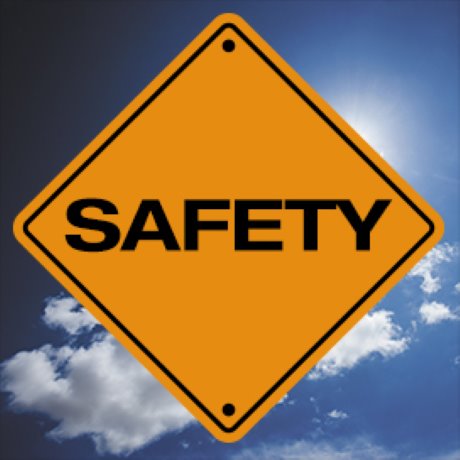Marijuana is portrayed as everything from a harmless, miracle substance to this century’s largest public and occupational health and safety risk. Employers have to decide to test or not to test, manage risk or prohibition, discipline or assist.
With the federal government’s commitment to develop a new legal structure for marijuana use in Canada, employers must continue to address impairment in the workplace.
In our safety sensitive industry, few issues are more top of mind.
While there is no debate that marijuana is a psychoactive substance, solid research that evaluates its empirical impairing effects is thin at best. Marijuana is "prescribed" to address a variety of illnesses and ailments, but in an environment almost devoid of research to indicate what type or quantity is needed to generate the desired result.
Patients are often left to their own experience or trial and error dosing, a situation that would not be tolerated for any pharmaceutical substance.
Our social desire is outpacing our scientific understanding, but this can’t be unexpected as we’ve done this before. By the early 19th century alcohol was widely consumed on jobsites to "invigorate" employees and was prescribed to address all types of physical ailments. It wasn’t until 1916 that whiskey and brandy were removed from the list of scientifically approved medicines in The Pharmacopeia of the United States of America.
Employers abhor impairment in the workplace yet despite this history widely tolerate, if not encourage, alcohol consumption at business functions.
If you have attended a work function, event, conference, seminar, or fundraiser on behalf of your organization and have exchanged your coat for a drink ticket, count yourself in as an impaired worker. Substance use is substance use and marijuana is just the latest in a long line of substances that have challenged our efforts to make workplaces safer.
Alarmist headlines like: Fatal crashes skyrocket after pot legalization: Docs, Vancouver Sun, Nov. 1, 2016, don’t help us make more informed decisions.
A closer examination of the data from Washington State tells a different, stubbornly consistent story. Between 2010 and 2016, both before and after marijuana legalization, fatal motor vehicles accidents (MVAs) in Washington State per 100,000 population ranged between 6.3 and 6.8. Per mile driven, fatal MVAs peaked at 0.8 fatalities per 100 million miles travelled and bottomed at 0.77.
While the referenced study suggests that more individuals involved in fatal MVAs used marijuana, the overall data shows no new trends and no significant change in overall fatality rates before or after legalization.
So what’s happening? Not surprisingly, the study showed marijuana use before being involved in a fatal MVA as another weak link in a chain of poor decisions.
People involved in fatal MVAs who tested positive for marijuana use tended to be younger, male, drove older cars, had accidents at night, were more likely to be driving with a suspended or revoked license and were more likely to leave the scene of the accident. Moreover, those with marijuana in their system more often than not had other substances present as well.
The study confirms that those who make poor decisions will continue to make poor decisions, regardless of the substance(s) they use.
While there’s much work that needs to be done to better understand the effects and persistence of impairment related to marijuana use, nothing will change for employers who must ensure that a worker’s ability to work safely is not impaired.
We can expect to see expert prognostications, social declarations and protracted legal disputes in the years to come as the new reality of greater access to marijuana begins to take hold. None of that really matters to those of us charged to make sure everyone goes home safe and secure each day.
WorkSafeBC has committed to work with our sector to develop a broad-based educational initiative to bring attention to substance use and impairment in the workplace. No new regulation or law is required, but a new approach to substance use in the workplace is.
We have to begin to change the conversation about substance use — all substance use — in the workplace. We need to provide everyone with the information necessary to make better decisions and hold those who choose to use unsafely accountable.
We have to be thoughtful, persistent and respectful in our approach as without such an effort, substance use will continue to plague our industry.
Dave Earle is the director of HR services and government relations for the Construction Labour Relations Association of BC, which represents 300 contractors signatory to Building Trade Agreements. Send comments or questions to editor@journalofcommerce.com.











Recent Comments
comments for this post are closed